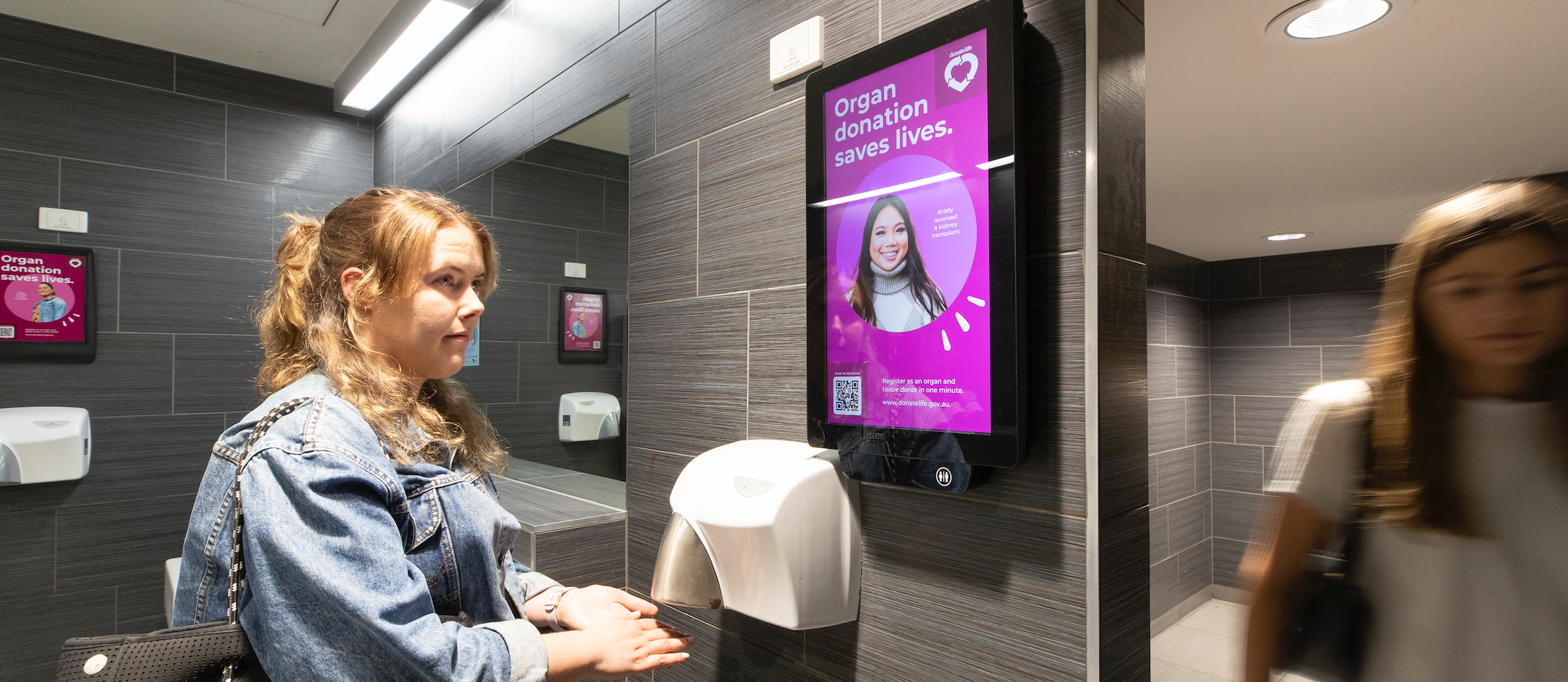

The state of sexual health in Australia
What the statistics are telling us about Australia’s sexual health right now
Last year's annual report on STIs revealed that over the past 10 years, Australian diagnoses of gonorrhoea have doubled, diagnoses of syphilis have tripled and chlamydia has increased 12% since 2013. Low rates of testing, predominantly brought on by the COVID-19 pandemic, have researchers concerned that the upward trends are likely to continue.
- Dr Skye McGregor, Epidemiologist, Kirby Institute
According to modelling, most chlamydia and gonorrhoea cases in Australia remain undiagnosed and untreated, highlighting a need to increase STI testing across the country. More than one in 25 young people aged between 15-29 in Australia had chlamydia during 2021 but less than a third received a chlamydia diagnosis.
Among Aboriginal and Torres Strait Islander people, rates of gonorrhoea and infectious syphilis were more than 5x as high, and rates of chlamydia diagnosis were more than 3x as high, compared with non-Indigenous Australians. This disparity is much greater in remote areas of Australia.
The future of Australia’s sexual health
Worryingly, there is a suggestion that endemic heterosexual gonorrhoea may be returning. The data also suggests that future control of gonorrhoea and syphilis in men who have sex with men (MSM) is going to be challenging.
In Australia, between 2012 and 2019 the gonorrhoea notification rate increased 127% (62.3 to 141.4 per 100 000), then decreased 23% between 2019 and 2021 (109.4 per 100 000 in 2021). In 2023, notification rates have exceeded pre-pandemic levels.
Syphilis has significantly increased in Australia in the past decade. In 2022, case notifications of infectious syphilis had more than doubled from recorded rates in 2015.
Combatting the stigma around discussing sexual health
Since 1984, Convenience Advertising has led the way in developing and delivering sensitive public health messaging in a private environment.
1987 - 1997: HIV/AIDS prevention - Commonwealth Department of Human Services & Health
The HIV/AIDS crisis of the 1980s transformed the social and political landscape in unexpected ways. Between 1983 and 1985, HIV spread rapidly among some 4,500 Australians. Medical authorities were grappling to understand and contain the disease.
Within 4 years of establishment, Convenience Advertising had grown to a network of 100+ Maintenance Officers, who travelled around Australia, installing HIV awareness posters in public bathrooms in colleges, universities, bars, pubs, clubs, and other venues where 18-35-year-olds were regularly hanging out.
This initial installation of 600 posters across Australia generated 13,000+ phone calls to the National HIV Clinic Hotline within one month.
2002 - 2006: Chlamydia testing - Victorian Department of Human Services
The Victorian Department of Human Services ran a campaign through the Convenience Advertising bathroom network targeting Victorians aged 16-29, with the goal of encouraging individuals to attend health services for chlamydia testing and increasing the detection of chlamydia infection.
Focus-tested messages were placed in bathrooms of venues relevant to the target audience, including licensed venues and tertiary education establishments. Male-specific and female-specific creative executions were used to take advantage of the gender-specific nature of the advertising format. A4 display points along with takeaway cards were used to raise awareness and drive the target audience to get tested for chlamydia.
As a result, the numbers of people getting tested for chlamydia rose by 42%. The campaign was such a success, the results of the independent campaign evaluation were published in the International Journal of STD & AIDS.
42%
increase in chlamydia testingPublished
in the International Journal of STD & AIDS11m
reach
*Chlamydia testing rates for men and women aged 16-29 years, Victoria. The arrows indicate when the campaign was launched and when it was subsequently expanded.
2023: Hyper-targeted HIV testing - NSW Health
NSW Health manages the NSW public health system, including public hospitals, community health and other public health services and networks.
Sexual health services identified challenges in engaging heterosexual men who have sex with men (MSM) through existing traditional and digital media campaigns, which targeted the gay-identifying MSM community. The goal of this campaign was to increase heterosexual MSM’s HIV testing.
Convenience Advertising conducted research via MSM-related online chatrooms to identify relevant public bathrooms used for ‘hook-ups’. We partnered with local councils to place messages in these bathrooms, to ensure the campaign reached its specific intended audience, in a relevant environment.
As a result, there was a 600% increase in visits to NSW Health’s ‘HIV test’ website.
600%
increase in visits to NSW Health’s ‘HIV test’ website75%
increase in ‘HIV Testing’ search term across internet browsersAward #1
Media Federation of Australia - Grand Prix Award 2022Award #2
Media Federation of Australia - Behaviour Change Award 2022
2024: STI testing - Australian Federal Government
STIs remain an important public health challenge in Australia. Between 2015 and 2019, STI notification rates increased by 17% for chlamydia, nearly 79% for gonorrhoea and 95% for infectious syphilis.
The aim of the most recent Australian Federal Government program is to raise awareness of the importance of STI prevention and normalise testing and treatment and to focus on education, awareness and stigma reduction surrounding symptoms, testing and safe sex behaviours.
To engage 18-35-year-olds, the vibrant, colourful campaign creative has been placed in licensed venues and education campuses across Australia.
Find out more about bathroom advertising
To learn more about how Convenience Advertising can supercharge the effectiveness of your OOH and broader advertising strategy, get in touch.
More insights:
 In 2023, there were 252,296 notifications of lab-confirmed influenza.Read more
In 2023, there were 252,296 notifications of lab-confirmed influenza.Read more
How to harness data & active attention to drive ad recall & behaviour change
Q&A with Anna Validas, CEO of Convenience AdvertisingRead more
Supporting road safety in 2024, after the deadliest year on Australia’s roads in 5 years
Up by 7.3% since 2022, we lost 1,266 people on our roads in 2023.Read more
